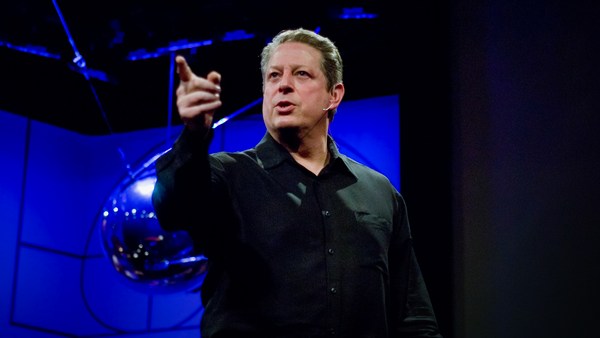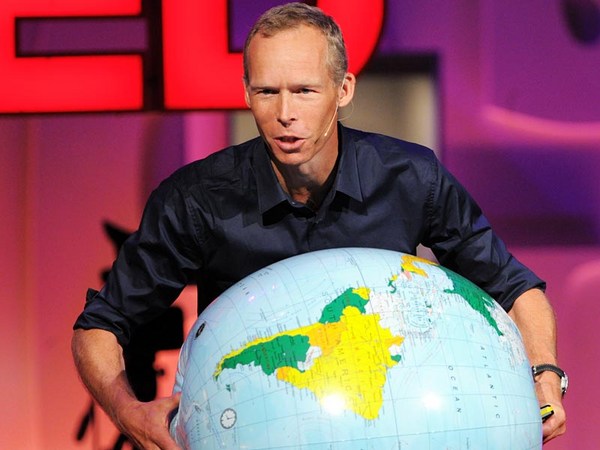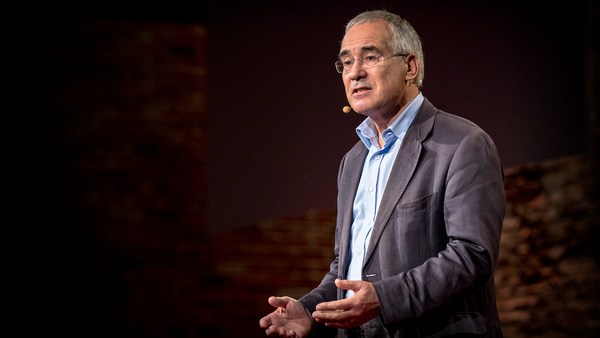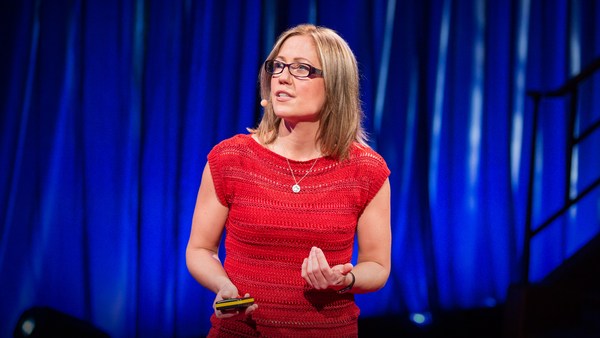Today, I want to talk about how mobility is our destiny. It certainly is our past. This map shows our past one hundred thousand years of history as a species. It’s the story of humankind’s journey from the Rift Valley of Africa and spreading across all of the continents. It’s the story of how we got to where we are. For the vast majority of that time, we have been nomadic. Only in the past several thousand years did humans become sedentary. So the key question to ask is are we becoming nomadic again? To answer that question, we have to appreciate our geography, specifically the four layers of geography that shape our very civilization. The first layer is natural geography. That is the environment, ecosystems and habitats. The second layer is our political geography, the borders and the boundaries that divide us. The third layer is functional geography, the infrastructure and supply chains that connect us, whether it’s energy or transportation, or communication systems. And the fourth layer is human geography, the geography of us, our distribution around the planet. Today, these four geographies are very badly misaligned. We have aging societies in need of young people, we have depopulating countries that are actually abundant in resources. Climate change is eviscerating the habitats of many countries while allowing others to thrive and diversify their economies. That is why in the decades ahead, billions of people may be forced to uproot themselves and relocate because of the instability that has been unleashed by these cartographic misalignments. And which region in the world has the greatest number of people at risk? Asia. Asia represents the majority of the world population, but also the people that are most desperately facing the risks of droughts, floods, rising sea levels and other man-made natural disasters. Now, economists and investors say that Asia represents more than half of global GDP and that Asia will be the engine of the new global middle class. But it won’t be if Asia doesn’t also control its carbon emissions and its pollution and prepare for some of inevitable damage that climate change has already brought, and also build more sustainable economic and societal models for the future. Right now, world leaders are making noble efforts to mitigate climate change. Governments and industries are pledging to curb emissions, to switch to alternative and renewable sources of energy and undertake radical technological interventions to decarbonize the atmosphere. But as important as that is for our world of today, of tomorrow and for future generations, it doesn't help the hundreds of millions of people who are already suffering the adverse effects of climate change right now. We therefore need to invest as much effort and money into adaptation as we do into mitigation. For many people across the planet to adapt will mean to move. In recent decades, we have settled into a fairly predictable patterns of migration within regions and between regions. For example, people shifting among the republics of the former Soviet Union or between South Asia and the Gulf countries, within Europe, within Africa, from Latin America to North America. These are the largest patterns of migration in recent decades. But this past may not be a good guide to the future. Why? Because over the past ten thousand years, humanity has been concentrating within the latitudes that scientists describe as the optimal climate niche. But as global temperatures rise, that niche is shifting and so must we. Today, we're experiencing collapsing states and natural disasters, and we react to each of these crises inadequately. But what if we applied our foresight to proactively resettle at risk populations to habitable geographies, places that are shrinking in populations even as they’re actually becoming more livable? And what if we did so using the latest technologies so that our future habitats would be more self-sufficient in energy, food and water, and even designed mobile settlements so that people could shift as climate conditions do? This is what global leaders and Asian decision makers need to focus on. They need to use local and renewable resources in their energy generation, construction, transportation and supply chains. They need to invest in sustainable farming and solar powered water desalination. And they need to relocate people to more climate resilient areas but to do so sustainably without damaging our habitats. In day-to-day life, our politicians and business executives have many challenges to contend with. This is more important. Remember that even if we stopped all greenhouse gas emissions today, significant and dangerous chain reactions are already baked into our ecosystem. The environment is a complex system. It will not return to the normal of 1800, of 1900, or even of 2000. What comes next is going to be different, and whatever it is, it is not going to adapt to us. We have to adapt to it. We have to move people to resources and technologies to people. We have to think beyond sovereignty to stewardship of our planet, and we have to evolve towards the next model of civilization, one that is more mobile and more sustainable. And we will once again embrace our nomadic roots because mobility is our destiny. Thank you.
Related talks

Al Gore: New thinking on the climate crisis

David Keith: A critical look at geoengineering against climate change

Johan Rockström: Let the environment guide our development

Lord Nicholas Stern: The state of the climate — and what we might do about it

Ted Halstead: A climate solution where all sides can win
